- Home
- About
- Contact
- Receive our newsletter
- 1.800.201.3414
Fodder Feed
Regardless of the type of livestock you have or what their purpose is in life, every animal should have access to the best possible feed. By producing your own hydroponically grown fodder with the FodderPro Feed System, you will have control over the quality of feed provided to your animals. There are many types of seeds that can be sprouted for fodder. We have provided an overview on the most common seeds that are grown for hydroponic fodder. For more information on how these sprouts will benefit your livestock, visit the individual page for each type of feed.
Alfalfa Fodder Feed
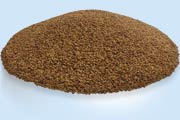
Alfalfa is an important forage crop in the US and across the world. It is frequently used as hay, silage and grazing pasture. Its nutritional benefits are available in hydroponically grown fodder as well.
Learn More
Barley Fodder Feed
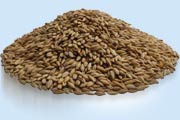
Barley is the most widely used seed in regards to hydroponic fodder production. Our trials have shown that whole, six-row barley yields the best results.
Learn More
Millet Fodder Feed
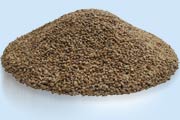
Providing similar benefits as oats and barley, millet is a wonderful option for fodder production. Proso millet is most popularly utilized as cattle, sheep and swine feed.
Learn More
Oat Fodder Feed
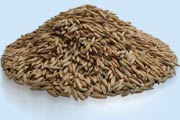
Hydroponically grown oat fodder is a good source of carbohydrates that provide energy for domesticated animals. Typically fed as rolled grain or dried hay, sprouting oats will maximize the naturally available nutrients.
Learn More
Red Wheat Fodder Feed
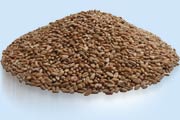
Wheat is widely used as a livestock feed due to its natural protein and fiber levels. By sprouting wheat seed, you are increasing the ease and rate of starch digestion compared to traditional dry wheat feed.
Learn More
Ryegrass Fodder Feed
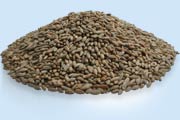
Ryegrass pasture and hay are important grasses in livestock rations, so it makes a premium fodder option. By sprouting ryegrass seed, you are making the best use of the vitamins and minerals available within the seed, rather than pulling nutrients from the soil.
Learn More
Sorghum Fodder Feed
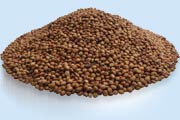
Sorghum, also known as milo, is similar to corn in nutrient content, providing up to 90% of the nutritional benefits. With sprouted sorghum, rather than cracked or rolled, the feed is at its highest digestibility, allowing your livestock full access to available nutrients.
Learn More




